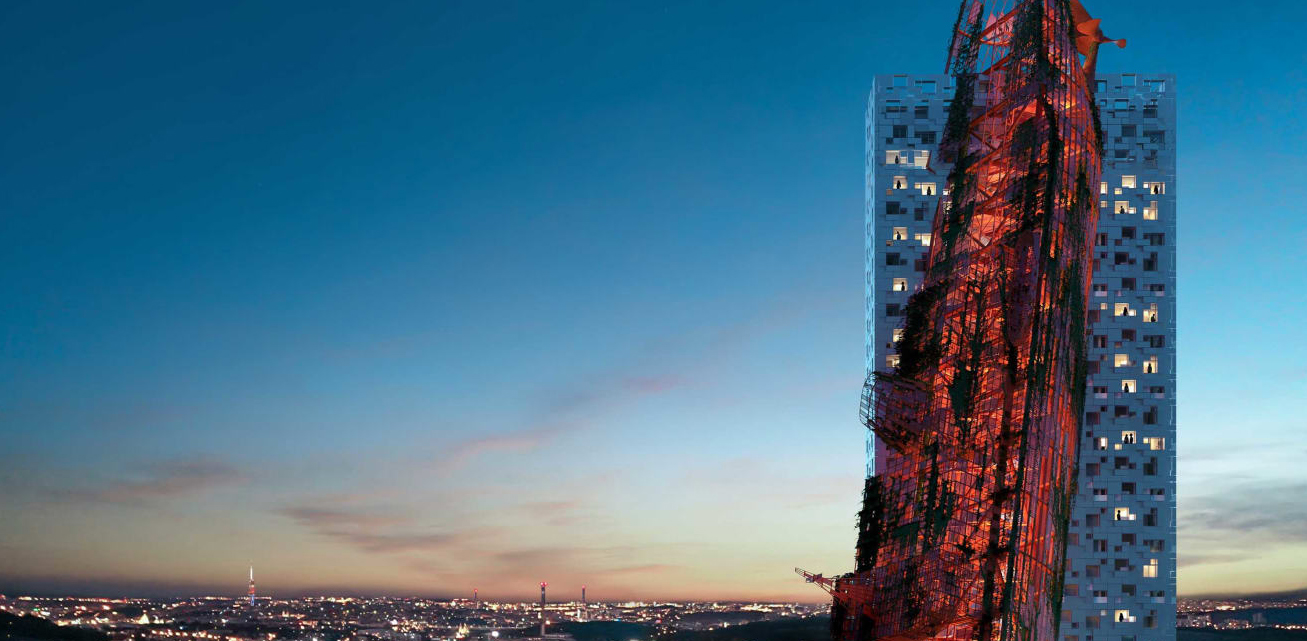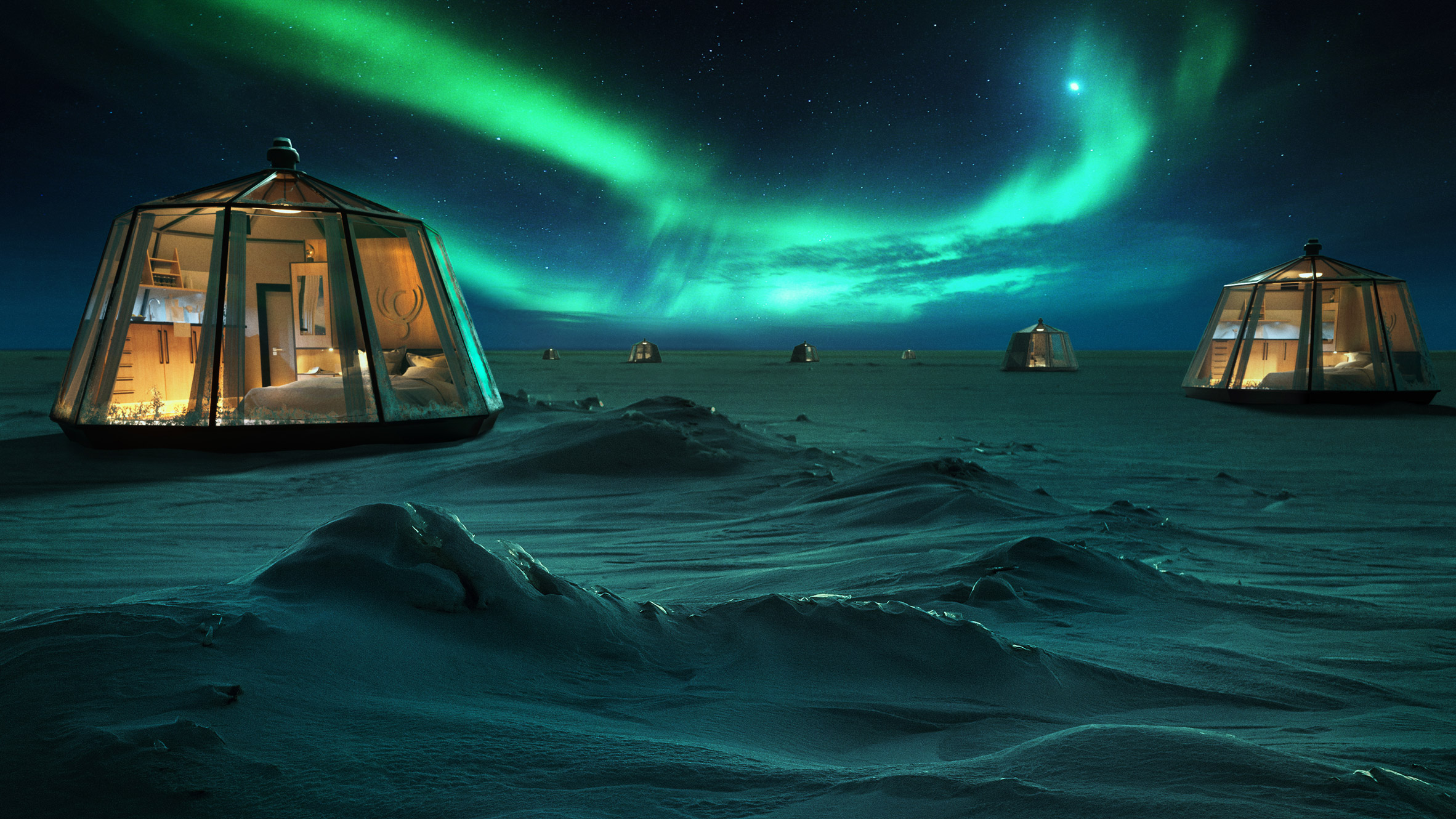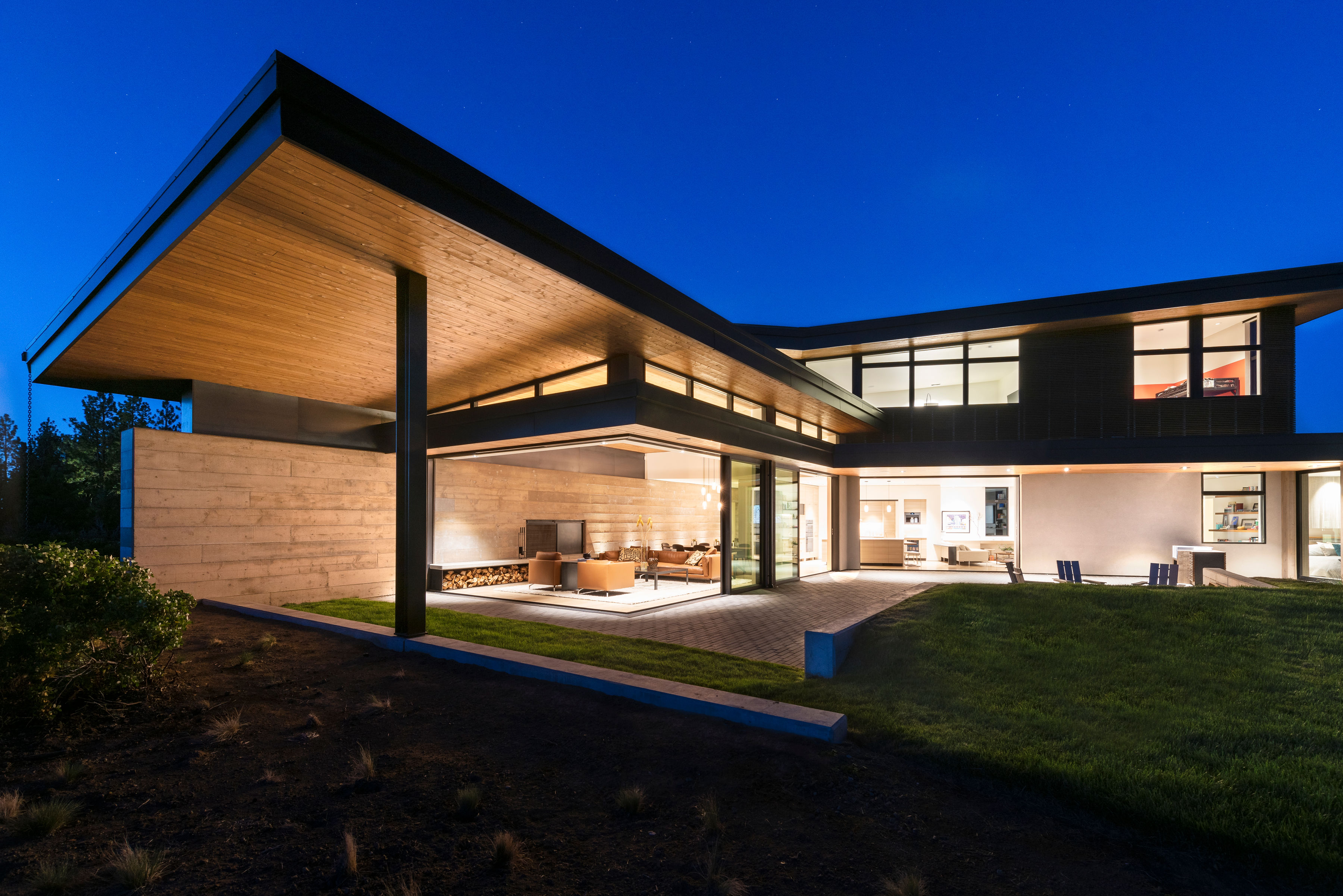Architects: Showcase your next project through Architizer and sign up for our inspirational newsletter.
We’ve had neoclassicism.
We’ve had postmodernism.
How about post-apocalyptic mimesis?
Renderings have been revealed for a skyscraper with a difference in Prague, the Czech Republic. Designed by architecture firm Black N’ Arch — a studio that includes provocative Czech sculptor David Černý — the 443-foot-tall “Top Tower” features a full-scale shipwreck that appears to have crashed into an otherwise regular office block in the capital city’s Nové Butovice neighborhood.
Accompanying the renderings comes a video, produced by project developer Trigema, that illuminates the startling ‘inspiration’ for the tower — global warming, climate change, environmental crises … and the impending apocalypse. With global ocean levels rising to potentially catastrophic levels and impacting cities around the world, the designers aimed to create a shocking yet functional symbol that serves as a conspicuous reminder of our environmental plight. This comes in the form of a naval ‘ruin’ that forms an inhabitable extension to the adjacent skyscraper, as if it had been co-opted after the waters receded.
While the project looks like an extreme example of adaptive reuse, the structure would actually be new, with sustainable credentials to match. According to the designers, the tower would have a comprehensive rainwater collection system, and should achieve LEED Gold certification when (and if) it is completed.
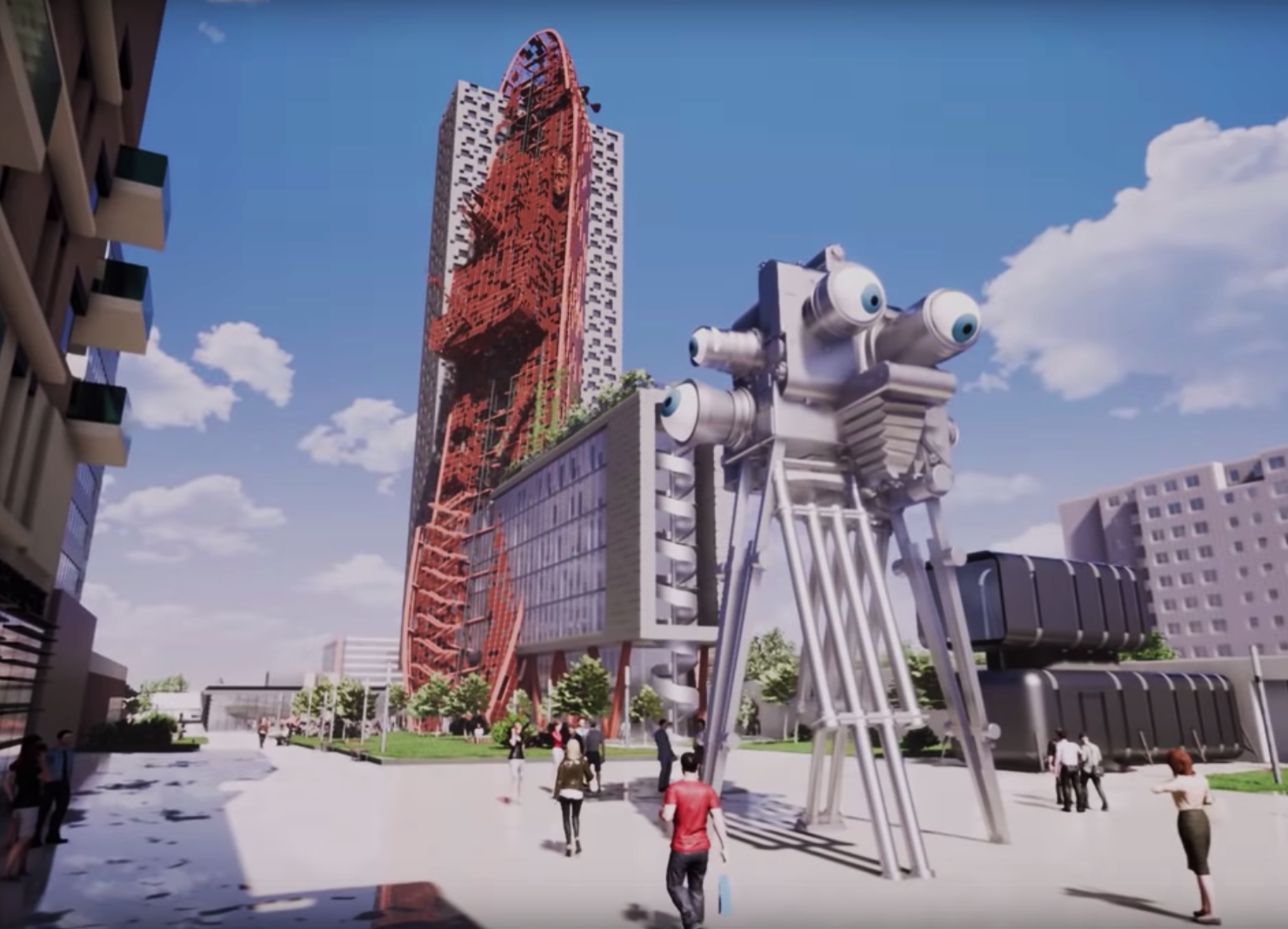
Many will argue that the shipwreck tower amounts to little more than a formal gimmick, akin to the abominations found in Janelle Zara’s old but ever-relevant analysis of Disaster Regionalism. However, in this case, there is no cringe-worthy comparison with a present-day scenario — Černý’s ruined ship is predictive rather than referential, pointing towards a future that is dependent on our actions or lack thereof.
A commenter on Archinect’s coverage of the proposal spoke to the potential upside to such a project: “This strain of near-future apocalypse is crazy interesting. This sort of narrative architecture blows past green virtue-signaling projects and represents our future for what it actually looks like. It’s bleak! We are heading towards collapse! Pretending that incremental increases of facade foliage will save the world? Even more LEED buildings? Nowhere as impactful as this.”
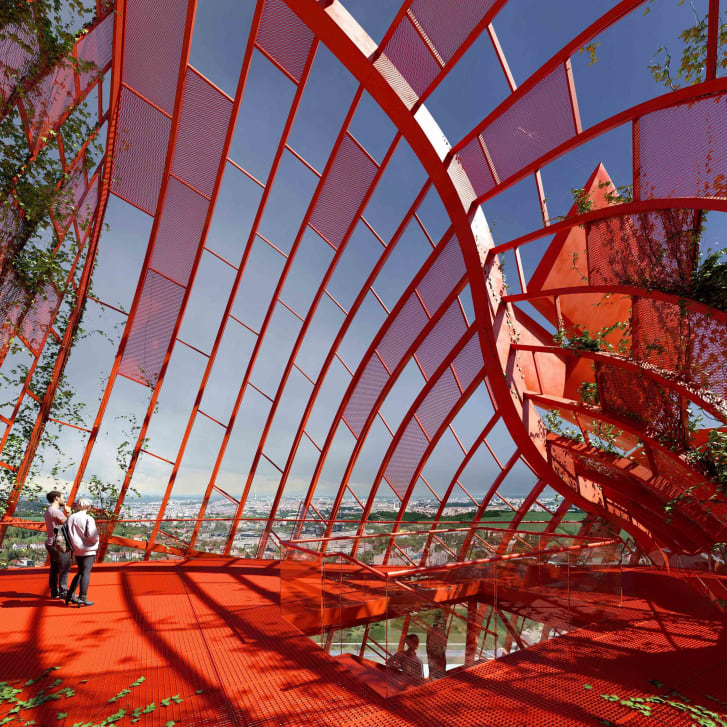
These words give pause for thought; perhaps there is something to post-apocalyptic architecture after all? Well … perhaps indeed. The argument becomes problematic when you remember the fact that this ‘rusty ship’ is actually to be newly constructed, and merely designed to mimic an ancient wreck.
The picturesque qualities of the “Top Tower” project — the way greenery winds its way up the side of the skeletal structure, culminating in a sculptural public observation deck — bring to mind a curious architectural trend that spread across Europe in the 18th century. Back then, numerous architects were tasked with creating false ruins for aristocrats to impress their friends and irritate their enemies. These “ruin follies” were all the rage until war arrived on the continent, and real damage to cities meant people began to view the sham ruins for what they were — excessive and ultimately superficial structures they no longer had the luxury to enjoy.

Robert Rochfort’s ruin folly, entitled “The Jealous Wall”; image via Frank Bach / Shuttershock
While the premise of Top Tower is more serious and grounded in reality than those overblown follies, its intellectual value is surely questionable. As with climate change itself, only in the future will we know the true impact of this provocative piece of architecture.
Architects: Showcase your next project through Architizer and sign up for our inspirational newsletter.
